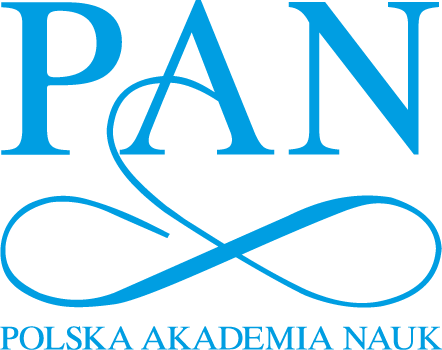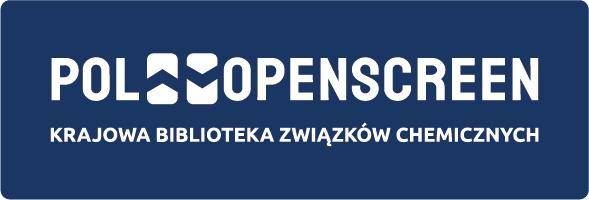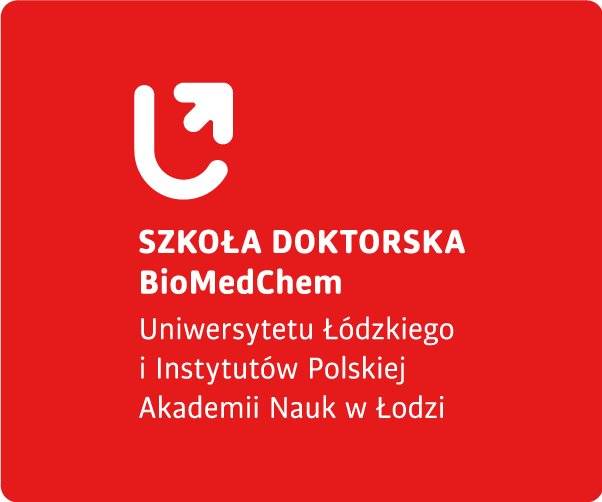Currently ongoing projects
NCN: DEC-2019/35/D/NZ5/00558 (SONATA): The evaluation of SNAIL 1 and SNAIL 2 transcriptional factors’ role in the development of ovarian cancer cells’ chemoresistance in regard to their invasiveness. 2020 – 2023
Principal Investigator: Michal Kielbik, PhD
Despite significant improvements in conventional therapies and patient treatment, high resistance of ovarian cancer cells to platinum compounds (standard chemotherapeutic agents) remains main clinical problem. Another important factor reducing the effectiveness of patients’ treatment is enhanced invasive potential of ovarian cancer cells and creation of metastases. Simultaneous occurrence of chemoresistance and ability to create metastases, significantly reduces the effectiveness of most conventional therapies. The pivotal process contributing to cancer dissemination and migration is epithelial-mesenchymal transition (EMT). The incidence of EMT in turn is modulated by various transcriptional factors known as “master regulators”, among which the most essential ones seems to be those belonging to SNAIL, TWIST and ZEB families. It is well known that SNAIL transcription factors play pivotal role in cancer progression. Latest research suggest that they may also have implication in ovarian cancer chemoresistance. The main goal of this project is to fully clarify the role of transcription factors belonging to SNAIL family, along with the mechanisms of their regulation, in development and sustainment of chemoresistance in ovarian cancer cells in regard to their metastatic potential. The study will be conducted with the use of commercially available ovarian cancer cell lines: cisplatin-sensitive A2780 and cisplatin-resistant A2780cis and SK-OV-3. Moreover, epithelial ovarian cancer (EOC) cells isolated from tumor and ascites fluids from patients, as well as primary EOC cultures will be used. The experiments performed in the course of this project will focus on evaluation of SNAI1 and SNAI2 expression, as well as SNAIL 1/2 protein level, activity and their cellular localization. Moreover, various inhibitors of STAT3 and AKT activity will be used in order to evaluate the impact of these kinases on the development of SNAIL-mediated chemoresistance and invasiveness in ovarian cancer. The results of this project will definitely systemize and broaden the knowledge regarding the sequence in which chemoresistance and invasiveness occur in ovarian cancer and the involvement of SNAIL transcription factors in the induction of these events.
NCN: 2021/41/B/NZ5/01147 (OPUS): Prognostic potential of neuromedin U and its receptors in colorectal cancer, importance in metastasis. 2022 – 2026
Principal Investigator: Patrycja Przygodzka, PhD
According to statistics, colorectal cancer (CRC, colorectal carcinoma) is the third in men and the second in women most frequently diagnosed among all types of cancer. The introduction of screening programs for CRC resulted in an increased number of early diagnosed colon cancer cases. Despite the introduction of disease prevention, health education, and advanced neoadjuvant or post-resection therapies, the number of deaths raised in recent years. When detected early, CRC is curable, with survival rates of > 90% at 5 years but once the tumor is in an advanced stage and metastasis becomes clinically apparent (liver, lungs, peritoneum) the prognosis is poor and the 5-year survival is dramatically shortened to 10%.
It remains difficult to predict clinically latent versus invasive CRC tumors and to qualify patients for most effective therapy. Understanding processes leading to cancer cell invasiveness and finding the biomarkers of worse prognosis are critical to tumor staging and therapeutic choice. Despite many reports concerning promising biomarkers of CRC that could be clinically useful, searching for new prognostic and predictive factors is still needed and expected.
We focused on a small neuropeptide, neuromedin U (NMU), not reported before in the context of CRC and rarely correlated with other cancer types progression. The knowledge concerning NMU expression, peptide synthesis, and secretion was limited. Data collected during our previous project confirmed that increased production and secretion of NMU by CRC cells causes autocrine activation of cancer cells through NMUR2 and changes their phenotype toward more invasive. Our results showed also that NMU can act through macrophages and endothelial cells and its activity is used by CRC cells to create a pro-metastatic tumor microenvironment.
In the current project, we will perform in vivo experiments in mouse models, and analysis of human CRC tissue samples and lymphatic endothelium to verify the hypothesis that NMU and its receptors stimulate CRC invasiveness and that they are good candidates for prognostic markers in CRC.
NCN: 2022/06/X/NZ3/00551 (MINIATURA): The evaluation of M1 or M2 macrophages influence on the activity of proteins involved in the proliferation and survival of ovarian cancer cells. 2022-2023
Principal Investigator: Izabela Szulc-Kielbik, PhD
Ovarian cancer remains the most common cancer among all gynecological malignancies. Usually it is recognized and diagnosed in advanced stage, what makes it a leading cause of death due to gynecological cancers worldwide. Tumor development is strongly connected not only with the characteristics of the cancer cells themselves, but also depends on the functioning of the entire tumor microenvironment (TME), which is a complex and constantly evolving entity. Apart from cancer cells, TME comprises a heterogenous collection of resident host cells, infiltrating cells, multiple soluble secreted factors, extracellular vesicles, extracellular matrix proteins and the vascular network. One of the key components of TME, that play a crucial role in ovarian cancer cells development, are tumor-associated macrophages (TAMs). Depending on the factors encountered in the surrounding microenvironment, these highly plastic phagocytes can polarize into two different types. We can differ M1-like phenotype of TAMs that characterizes with anti-tumor properties and M2-like population that displays pro-tumoral features. Usually, in the advanced stage of ovarian cancer disease, M2-like macrophages predominate in TME and ascit fluid, what significantly support the survival and proliferation of cancer cells.
The main goal of presented project is better understanding of how TAMs populations can affect the activity of signalling proteins, which are crucially involved in ovarian cancer cells survival and proliferation. The experimental model of this study will include cell lines such as: monocyte-macrophage THP-1 cells which will be differentiated to M1 or M2 macrophages; ovarian cancer cell lines that vary in origin, aggressiveness and chemoresistance: A2780 cell line sensitive to cisplatin; A2780cis cell line resistant to cisplatin; OVCAR-3 and SK-OV-3 cell lines that are cisplatin resistant but have different invasiveness. The first step of carried project will be the development of an optimal protocol for the differentiation of THP-1 cells into M1 or M2- like macrophage populations. Next, the obtained M1 or M2-like macrophages will be cultured with ovarian cancer cells of all above-mentioned cell lines. Mixed cultures will be carried out with special inserts, separating the two populations from each other, to avoid the direct contact, but allowing them for exchange of soluble factors produced by cells. The parameters of cancer cells, such as proliferation and survival, as well as the profile of signalling proteins connected with these processes will be assessed.
The results obtained in this project will allow for better understanding of molecular mechanisms by which macrophages can support the survival of ovarian cancer cells in TME.



